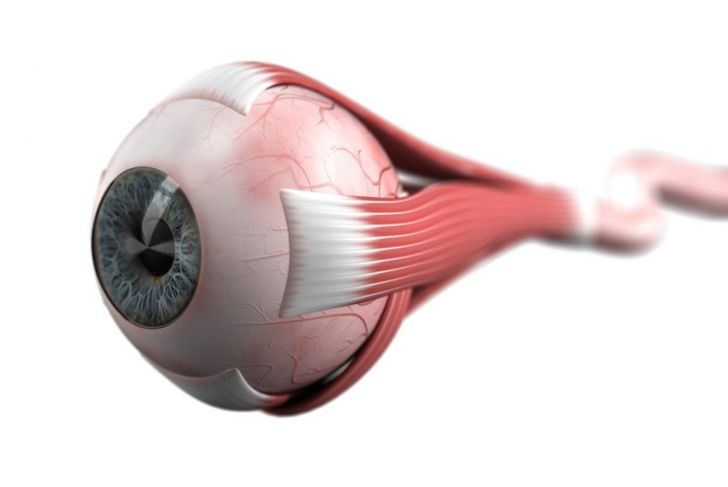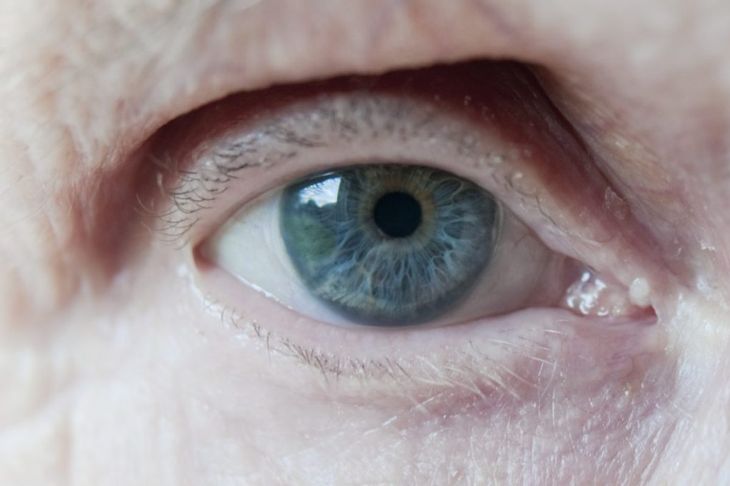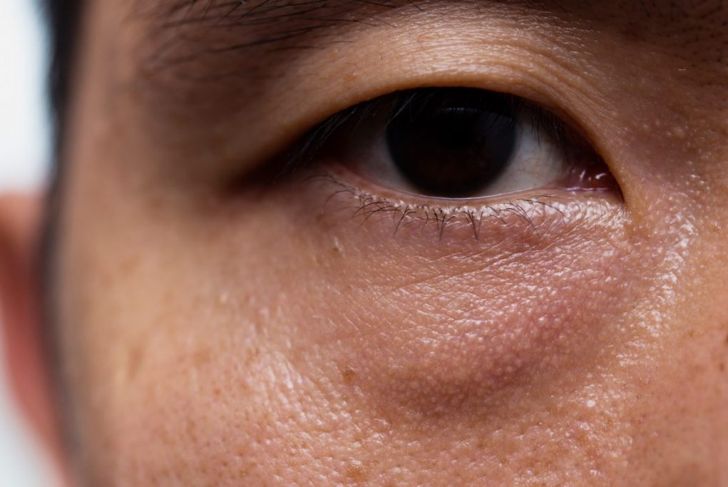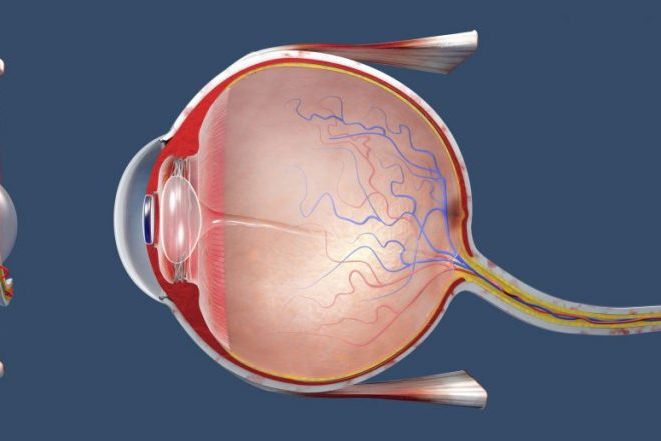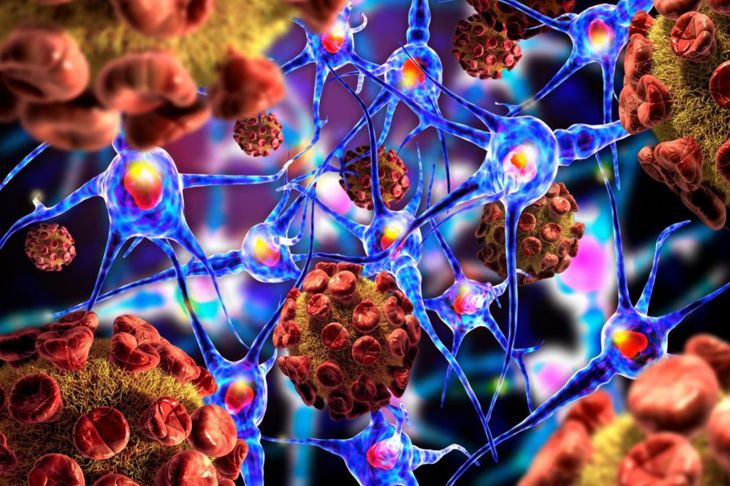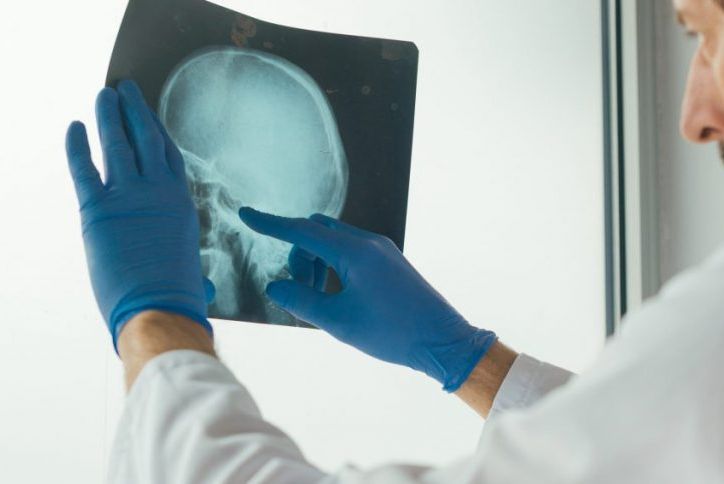Ophthalmoplegia is a loss of function or weakness of the muscles that control the eye and eyelid movements. The condition may develop as a symptom of another disease, such as multiple sclerosis, but could also stem from trauma, inadequate blood supply, neurological disorders, or mitochondrial disease. Ophthalmoplegia affects either the nerve pathways of the eye or the muscles that control eye movement.
Classifications of Ophthalmoplegia
People with ophthalmoplegia experience reduced mobility of the eyes. Symptoms can be confusing; not only do they overlap with other conditions, but ophthalmoplegia is also a symptom of many disorders. There are two classifications of ophthalmoplegia, based on the cause itself or the directions of the affected eye movements. Myopathic causes affect the muscles controlling eye movement. Neurogenic causes relate to the nerve pathways controlling the eye muscles.
Internal, External, and Total Ophthalmoplegia
Internal ophthalmoplegia affects the pupillary sphincter, the iris of the eye, and the ciliary muscle that enables the eye lens to change shape to focus. External ophthalmoplegia affects the extraocular muscles that control eye movement and eyelid elevation. If an individual has total ophthalmoplegia, they have both internal and external ophthalmoplegia. Migraine headaches, diabetes, infections, injuries, and cause the condition. A stroke can also lead to ophthalmoplegia.
Chronic Progressive External Ophthalmoplegia (CPEO)
The primary symptom of external ophthalmoplegia is the weakness of the eye muscles that slowly worsens over time. Ptosis or drooping may be present in one or both eyelids. As this symptom progresses, the individual must lift their chin to be able to see or use the muscles in their forehead to lift their eyelids. Because this type also affects the muscles that move the eye from side to side, they must eventually turn their head to see things around them. Dysphagia or difficulty swallowing and overall muscle weakness may develop as well. Additional symptoms include hearing loss, loss of sensation in the limbs, impaired muscle coordination, movement issues, and depression. Most cases of CPEO are inherited, though individuals with no family history can develop it. CPEO is also called ocular myopathy.
Internuclear Ophthalmoplegia (INO)
This type of ophthalmoplegia impairs the nerves that control horizontal eye movements but not vertical ones. There are three types of INO: unilateral, affecting one eye; bilateral, affecting both eyes; and wall-eyed bilateral, where both eyes turn outward. The condition is caused by damage to the medial longitudinal fasciculus (MLF), which lies between the third and sixth cranial nerves in the brainstem. Physicians usually trace the condition to an artery blockage or damage to the protective covering around nerve fibers. Diplopia or double vision is one symptom of INO. In older adults, strokes are the primary cause and most cases are unilateral. Younger adults with multiple sclerosis may develop bilateral INO. Other cases develop due to infectious diseases such as tuberculosis, AIDS, brucellosis, cysticercosis, and syphilis.
One-and-a-Half Syndrome
Also called “INO Plus,” one-and-a-half syndrome starts with damage to the medial longitudinal fasciculus nerve, with additional damage to the abducens nucleus or the paramedian pontine reticular formation (PPRF) in the brain. The latter is a cranial nerve nucleus and the origin of the nerve that controls horizontal eye movements. The PPRF helps coordinate these horizontal movements as well as saccades, the small, rapid movements the eyes make during activities such as reading. With normal vision, when one eye adducts or moves toward the center of the face, the other eye abducts, moving away from the center (such as when we glance left). One-and-a-half syndrome prevents this cooperative movement. Like INO, the condition accompanies multiple sclerosis or is the result of a tumor or vascular disease.
Myasthenia Gravis
Eye symptoms appear early and may be the only early signs of myasthenia gravis, a chronic autoimmune neuromuscular disease. Symptoms include diplopia and ophthalmoplegia with ptosis of one or both eyelids. Difficulty swallowing and slurred speech can also develop early on. The condition is rare in infants, but a fetus can contract antibodies from a mother with the condition. These symptoms usually disappear two or three months after birth. Although there is no cure, there are effective treatments.
Kearns-Sayre Syndrome
This neuromuscular disorder is a mitochondrial DNA deletion syndrome that mainly affects the eyes. Symptoms appear before the age of 20, and progressive external ophthalmoplegia is a primary sign. In addition to ptosis, people with Kearns-Sayre syndrome develop pigmentary retinopathy, where the retina takes on a speckled or streaked appearance. The retinopathy results in retinal degeneration and may cause vision loss. Kearns-Sayre syndrome causes excess mitochondria in muscle cells. Ophthalmoplegia-plus is a related condition, and doctors may choose this diagnosis if symptoms are similar to Kearns-Sayre but do not fully apply.
Tolosa Hunt Syndrome
A Spanish neurosurgeon first diagnosed this rare disorder in 1954. Possible triggers include traumatic injury, tumors, or aneurysms. Sharp, intense pain accompanied by ophthalmoplegia, generally in one eye, is the main symptom. Headaches in the tissues surrounding the orbit of the eyes are common. Symptoms may also include decreased eye movements, ptosis, diplopia, an enlarged pupil, protrusion of the eye, and facial numbness. In severe cases, the eye may lose its ability to move in different directions. Symptoms usually subside without intervention or with steroid drugs.
Other Conditions Associated With Ophthalmoplegia
Diabetes, migraines, and thyroid disease can feature ophthalmoplegia as a symptom, as can progressive supranuclear palsy, muscular dystrophy, and the Fisher variant of Guillain-Barre syndrome. People who have had a stroke or a brainstem tumor may also develop eye control symptoms. Disorders other than Tolosa Hunt Syndrome may include painful ophthalmoplegia symptoms. An individual with a tumor or aneurysm in the sinus cavity often experiences painful ophthalmoplegia.
Treatments for Ophthalmoplegia
For some types of ophthalmoplegia, there is no cure. However, researchers have identified Coenzyme Q in vitamin K as an effective treatment for progressive types. Doctors have successfully used vitamin E to treat Kernes-Sayre syndrome. The eye specialist may prescribe a surgical procedure to restore the ability to see simultaneously with both eyes. They can also repair drooping eyelids to help relieve some vision issues. Some eye experts suggest wearing an eye patch over one eye to reduce double vision.

 Home
Home Health
Health Diet & Nutrition
Diet & Nutrition Living Well
Living Well More
More